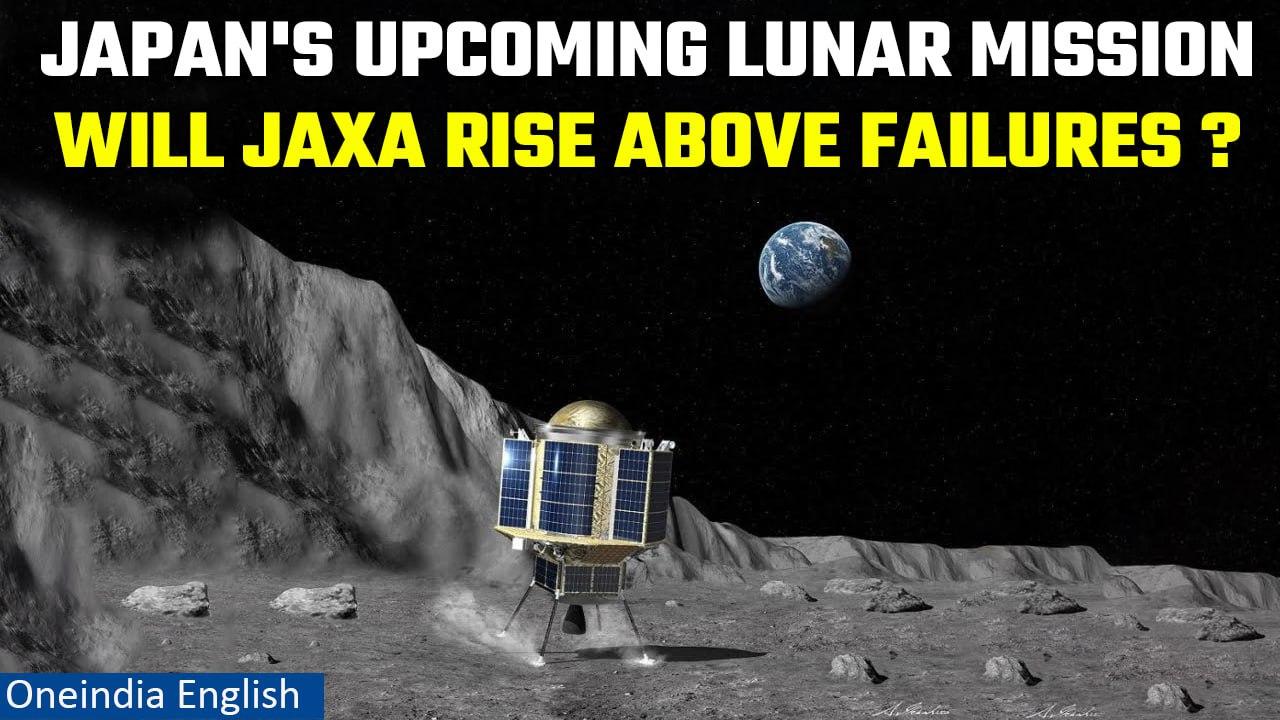Japan to aim for moon this weekend; Becomes next in line for lunar mission after India, Russia

Japan to aim for moon this weekend; Becomes next in line for lunar mission after India, Russia
Japan will be the latest country to aim for the moon this weekend, just days after a Russian spacecraft collided with the lunar surface and India’s Chandrayaan-3 landed near its south pole.
The Japan Aerospace Exploration Agency’s H2-A rocket is scheduled to take off on Sunday morning from Tanegashima Space Centre in southern Japan, carrying an advanced imaging satellite and a lightweight lander expected to touch down on the moon in January or February.
JAXA’s H2-A, the agency’s most reliable rocket with just one failure out of 42 launches since 2001, will be carrying the Small Lander for Investigating Moon, or SLIM.
Standing less than 3 metres tall, the lander could pave the way for other probes with high navigational accuracy.
The rocket will also be carrying the X-ray Imaging and Spectroscopy Mission, a satellite that will help scientists observe plasma in stars and galaxies.
#JAXAmoonmission #Japanlunarmission #JAXA ~HT.98~PR.153~ED.155~

![The Secret of the Moon’s South Pole Revealed by India’s Chandrayaan-3 Mission [Video]](https://video.newsserve.net/300/v/20230830/1693395341-The-Secret-of-the-Moon-South-Pole.jpg)
![India Makes History! | Chandrayaan 3 Lunar Landing | [Video]](https://video.newsserve.net/300/v/20230829/1693316975-India-Makes-History!-Chandrayaan-Lunar-Landing.jpg)
![Russia's Historic Moon Mission Ends In Crash: Details Of Final Minutes [Video]](https://video.newsserve.net/300/v/20230829/1693294770-Russia-apos-Historic-Moon-Mission-Ends-In.jpg)